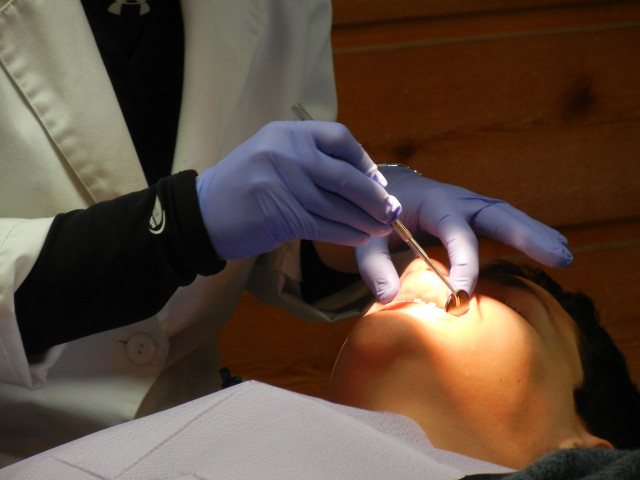
Proper flossing is essential to dental health. We’ll show you what to look out for when using dental floss.
You are probably familiar with the situation: your dentist asks you during your visit whether you use dental floss and you have to admit that this is not regularly the case.
This would be very important, because flossing cleans the spaces between your teeth that your toothbrush can’t reach, reducing the risk of gingivitis, tooth decay and other diseases. It also prevents bad breath. You can find out how to use dental floss properly here.
Mistake 1: Flossing after brushing
In order to use dental floss correctly, you should also choose the right time: It is best to use dental floss before brushing your teeth, even if this may seem unusual at first. One study found that this order was more effective against plaque and increased fluoride levels in the biofilm of teeth.
Fluoride makes the teeth more resistant and protects them better against acids or tooth decay, for example. If you use dental floss before brushing your teeth, you first loosen the deposits in the spaces between your teeth and can then remove them with the toothbrush.
Mistake 2: Impatience and wrong movements

(Photo: CC0 / Pixabay / mlarsson62)
You should be careful when using dental floss. Avoid jerky movements or too much pressure. Otherwise you run the risk of injuring your gums with cuts. It’s normal for your gums to bleed a little at first. However, if the bleeding does not stop after a few uses, you should seek dental advice.
Flossing properly means taking your time. Slowly move the thread back and forth to thread the interdental space, then up and down to clean the interdental spaces. Also go down to the gums, where deposits also form.
Mistake 3: You don’t floss often enough

(Photo: CC0 / Pixabay / AlbanyColley)
Of course, flossing once a week, for example, is better than not flossing at all. However, it is recommended to floss at least once a day. It is best to do this in the evening before you go to sleep so that the deposits do not remain in the spaces between your teeth overnight. But it’s even better if you floss in the morning and evening.
Sustainable dental floss
Proper flossing involves using the right product. Dental floss is often made of synthetic fibers such as nylon or polyethylene, and the packaging is usually made of plastic as well. On the other hand, plastic-free products made from natural materials are more sustainable. We found some for you:
- At the Avocadostore** you will find a large selection of dental floss. For example, from natural silk with beeswax or even vegan from corn starch with candelilla wax.
- Laguna** also offers biodegradable dental floss and matching refills.
- At Vekoop** you can buy plastic-free bamboo dental floss sticks.
We also talked about sustainable dental care in our Utopia podcast. Listen to the episode on Spotify, Google, Apple Podcasts or right here:
Read more on Techzle.com:
- Brush your teeth properly: 7 tips for it
- Sustainable tooth brushing: dental care without plastic and harmful substances
- Dentist bonus booklet lost or forgotten? you can do that